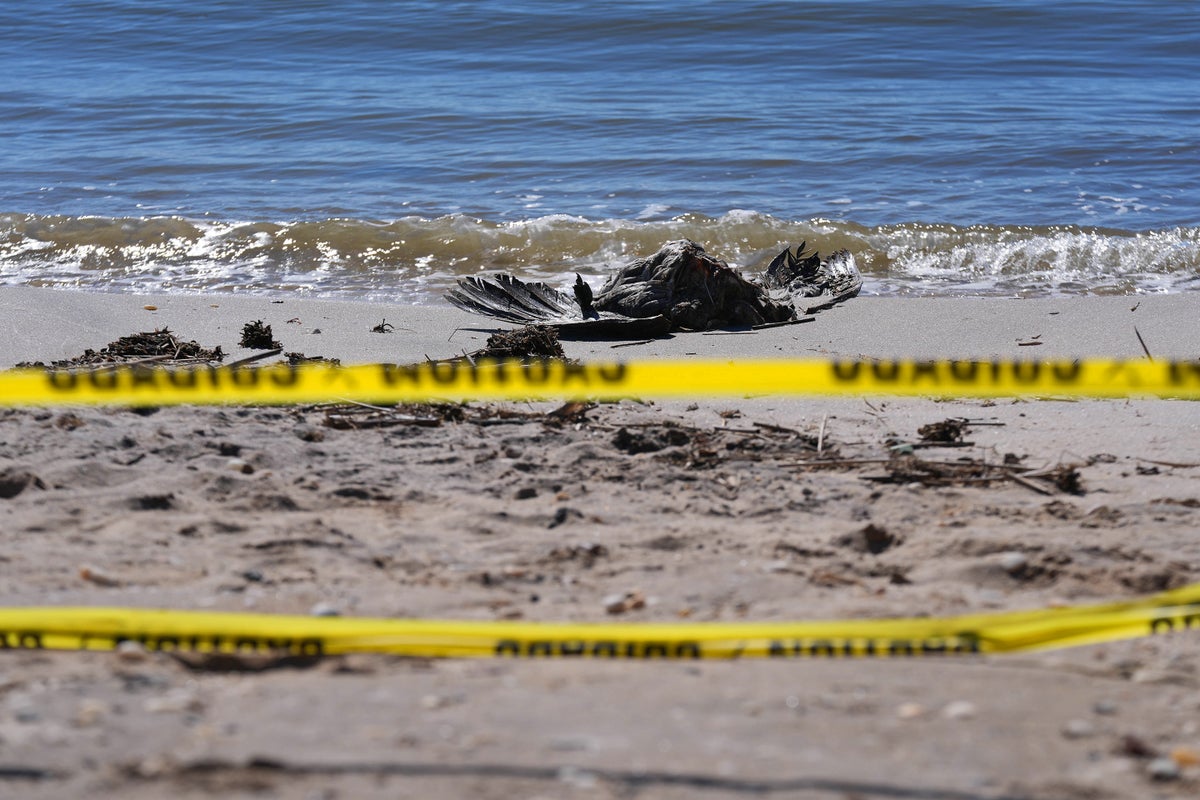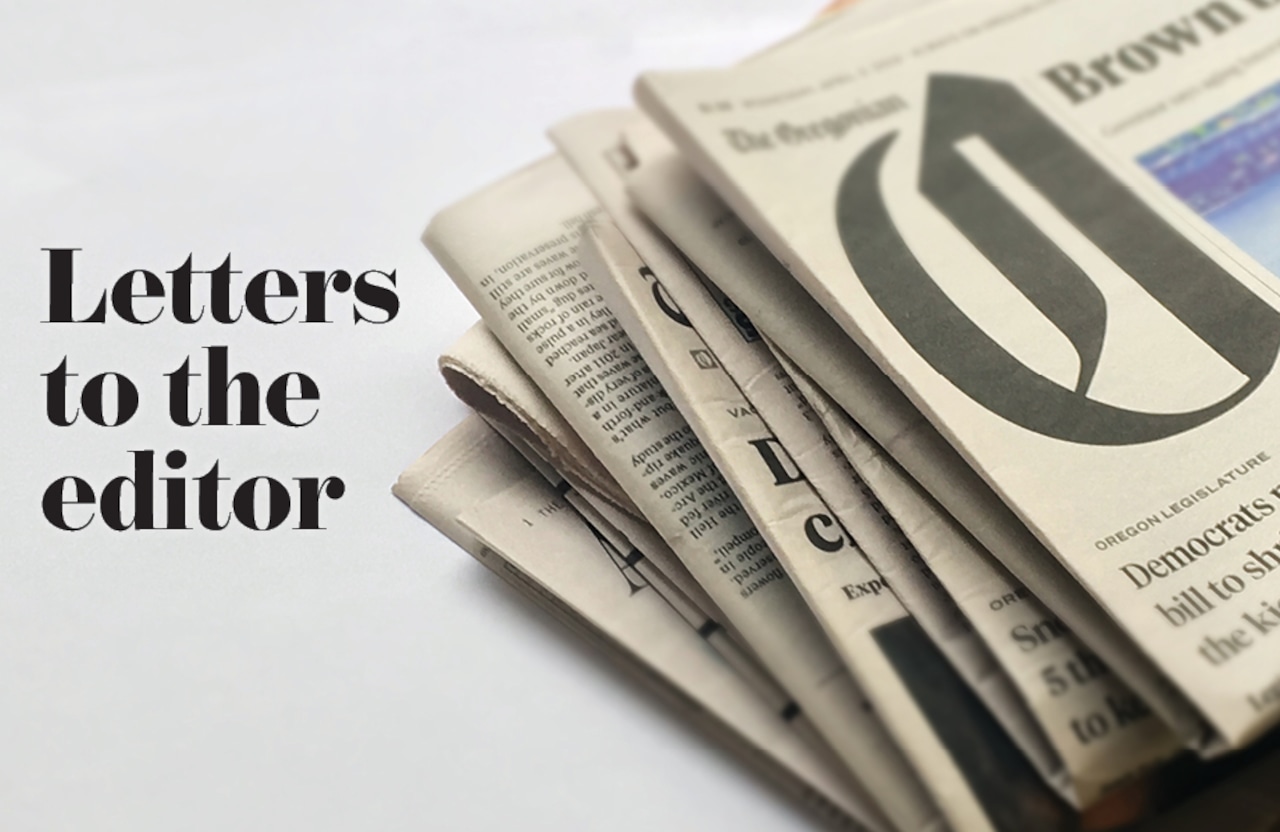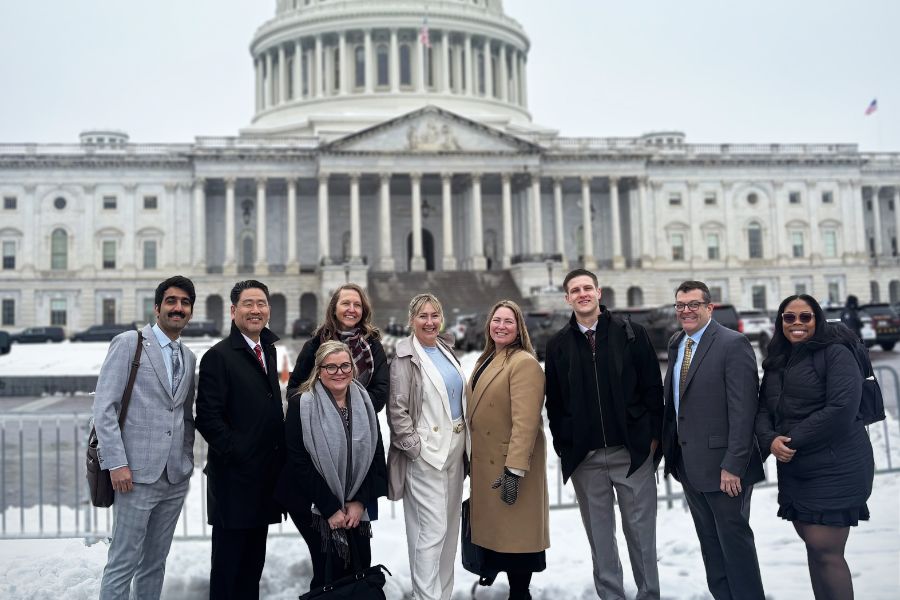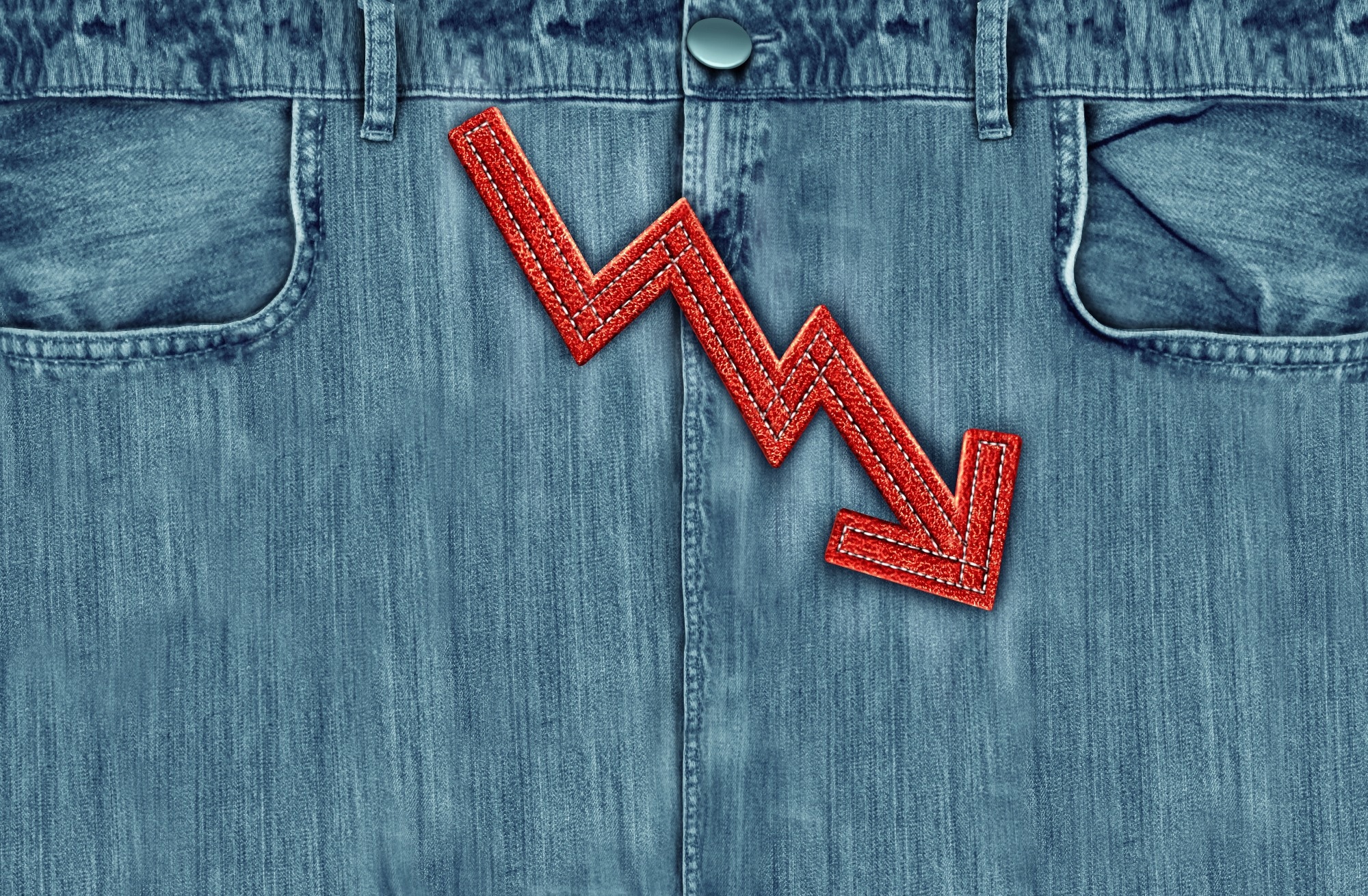Pandemic Preparedness in Peril: How Trump-Era Budget Cuts Cripple State Disease Surveillance

In an era of rapid digital surveillance, artificial intelligence is stepping up to monitor emerging health threats like bird flu and measles. However, public health experts are sounding the alarm: critical surveillance systems are being dismantled, potentially leaving dangerous disease outbreaks undetected.
While AI technologies offer promising new tools for tracking infectious diseases, the simultaneous reduction of national and global health monitoring networks creates a dangerous blind spot. These cutbacks could significantly compromise our ability to quickly identify and respond to potential epidemics.
The current landscape reveals a stark contradiction: cutting-edge technology coexisting with shrinking public health infrastructure. As AI scans global data streams for early warning signs of disease spread, the underlying tracking mechanisms are becoming increasingly fragmented and underfunded.
Infectious disease specialists warn that this combination of technological potential and systemic weakness could leave communities vulnerable to unexpected health crises. The need for robust, comprehensive disease surveillance has never been more critical in our interconnected global environment.








